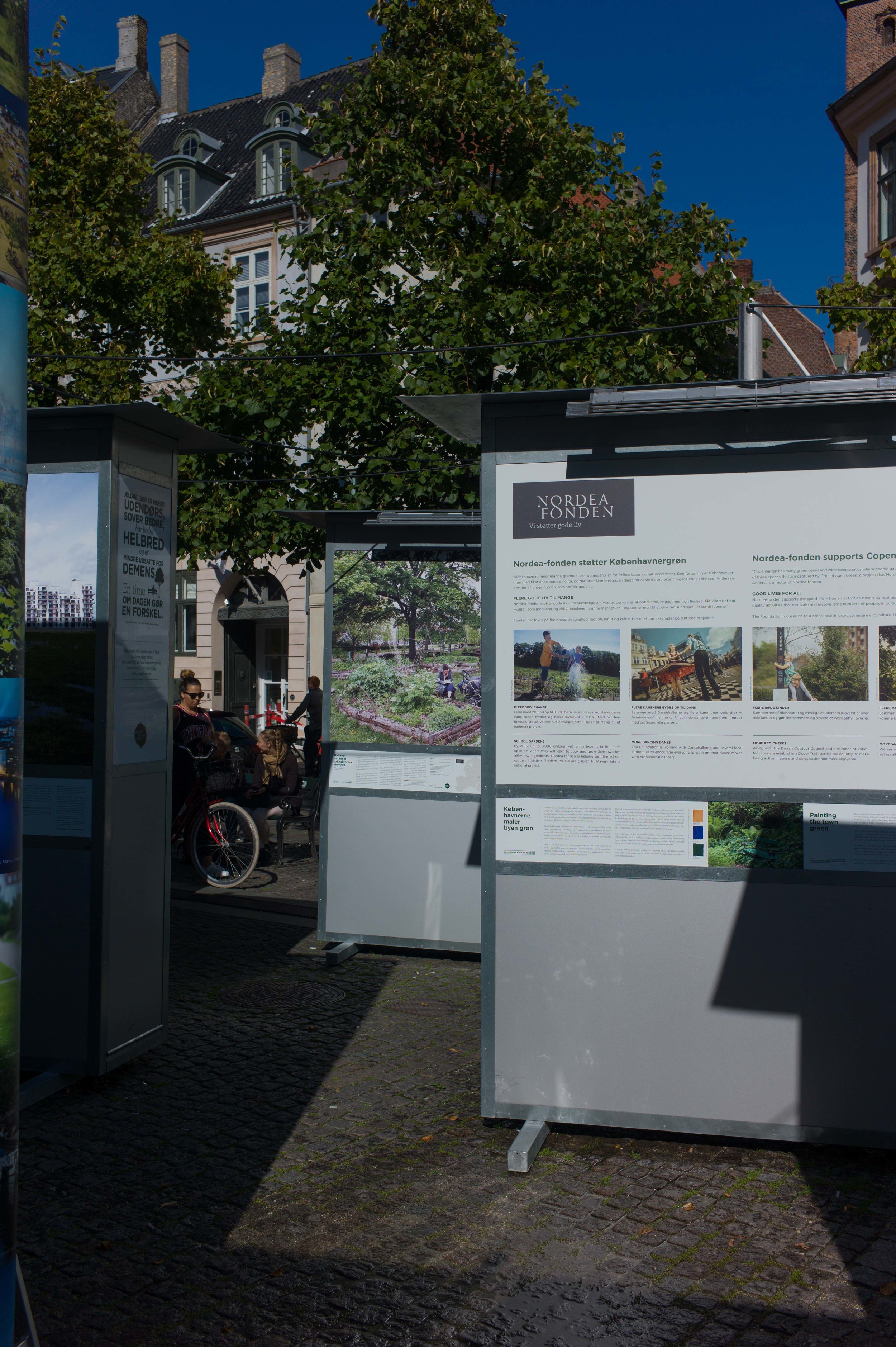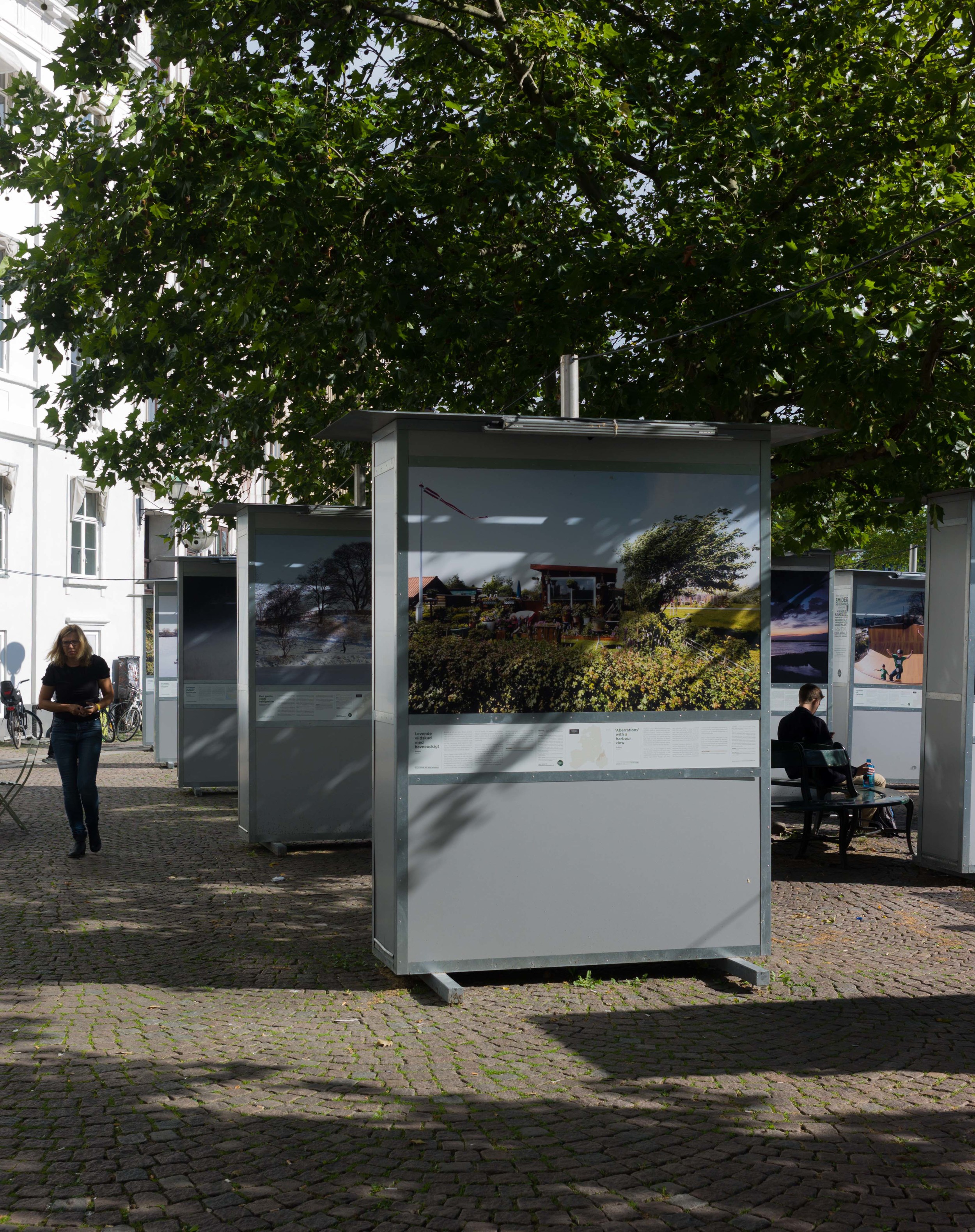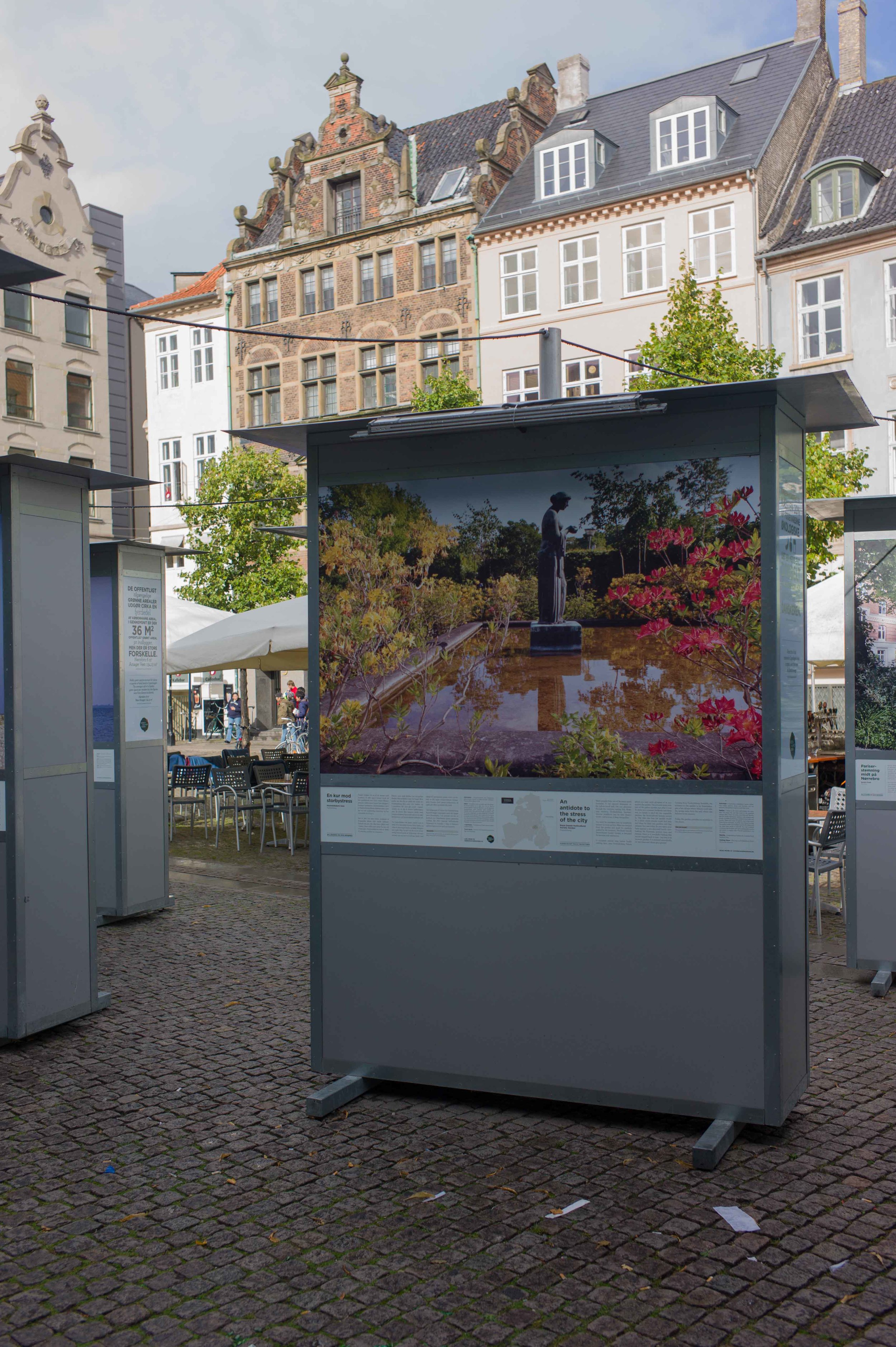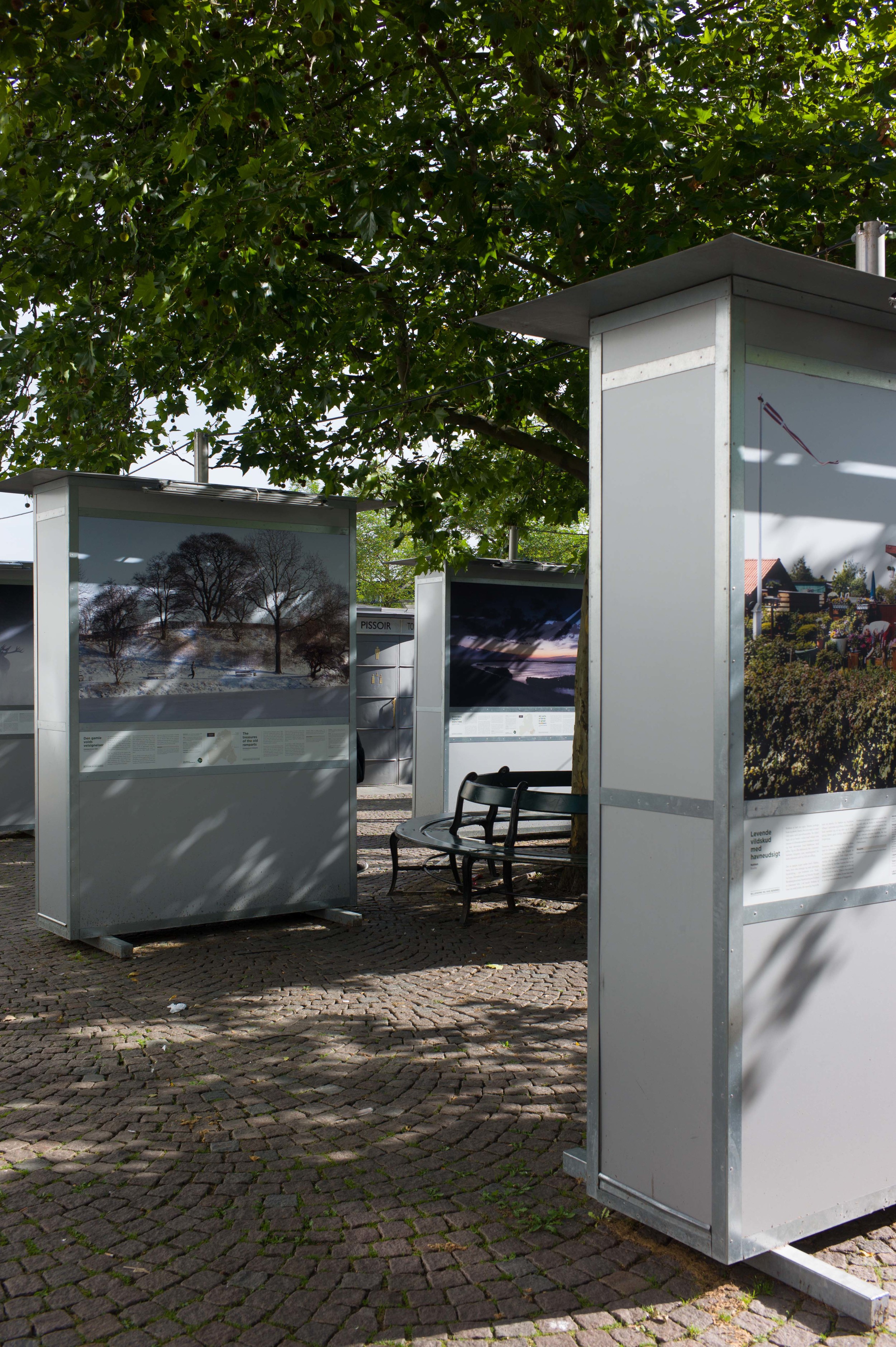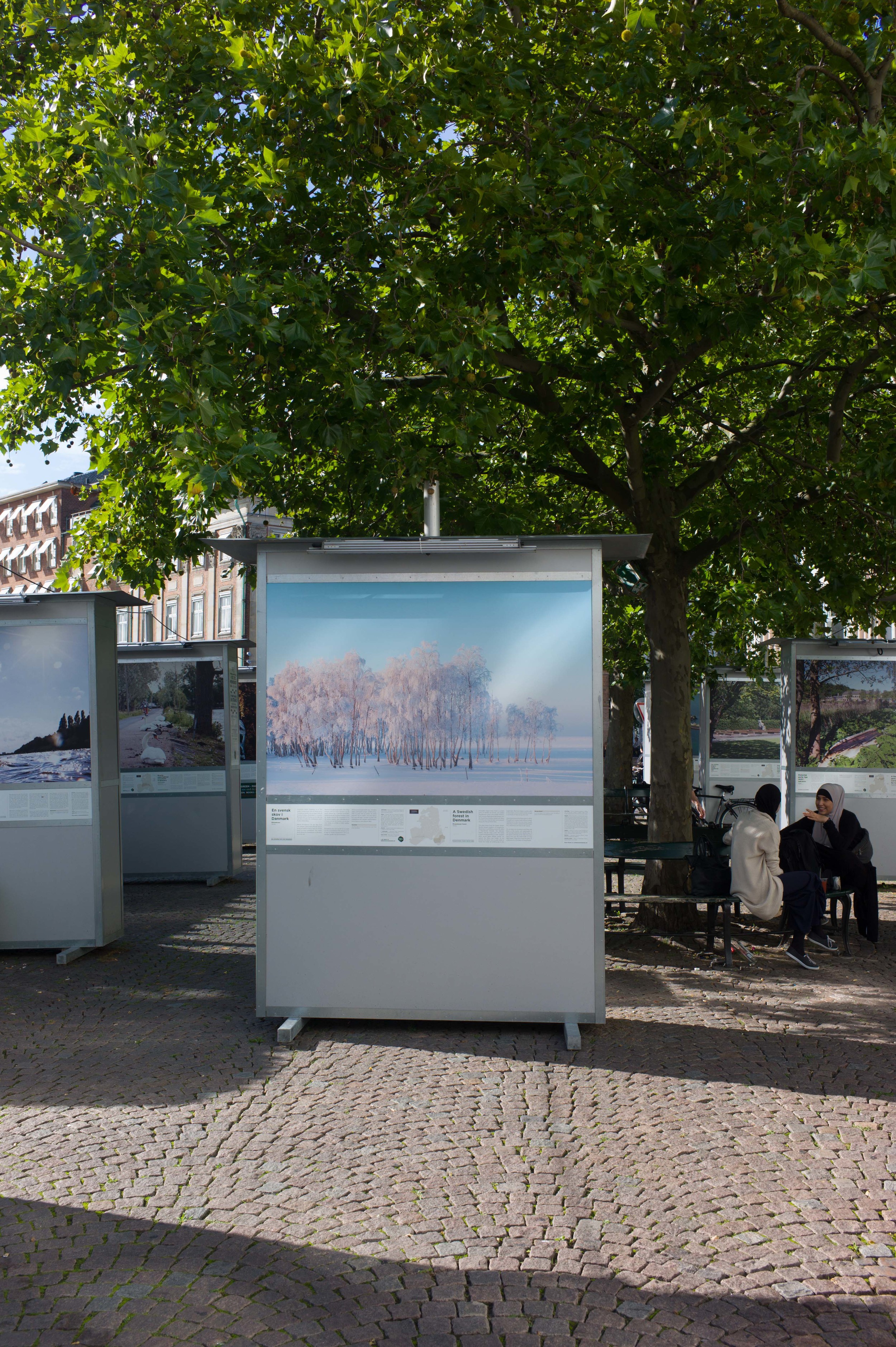Danske Kunstnertapeter - Wallpaper of its Time
/Danske Kunstnertapeter 1930-1965
Vibeke Andersson Møller
Rhodos Internationalt Forlag for Videnskab og Kunst 2013
A major book by Vibeke Andersson Møller that was published to coincide with an exhibition at Nationalmuseet - the National Museum in Copenhagen includes photographs of many of the wallpapers in original interiors. One striking example is a dining room with wallpaper in a bamboo design by Bent Karlby, and shows starkly how the present revival of interest in design from the period is very selective. In that interior the wallpaper is taken across the ceiling in a way not usual now and although all the individual fittings and pieces of furniture - including a Henningsen lamp, simple solid dining table with frame and square legs set flush and simple dining chairs with plain covers - might all be used now, the overall effect, with what appears to be walnut veneer on the door and architrave and a fitted sideboard in an alcove make the final effect distinctly of that period and presumably not one to be generally copied.
The book illustrates paired papers, again by Karlby, where a floral paper was set beside a simple but often large-scale geometric pattern in one of the main colours from the more complex design. This was for a feature wall … one wall or a chimney breast or the alcoves to be papered in a different but linked design.
Some bold designs, such as the broad vertical bands of Stribe by Ebbe and Karen Clemmensen from 1947 have a restrained tone range that could easily be used today but others have giant patterns in bold and strident colours where most furniture and some people would struggle to survive.

